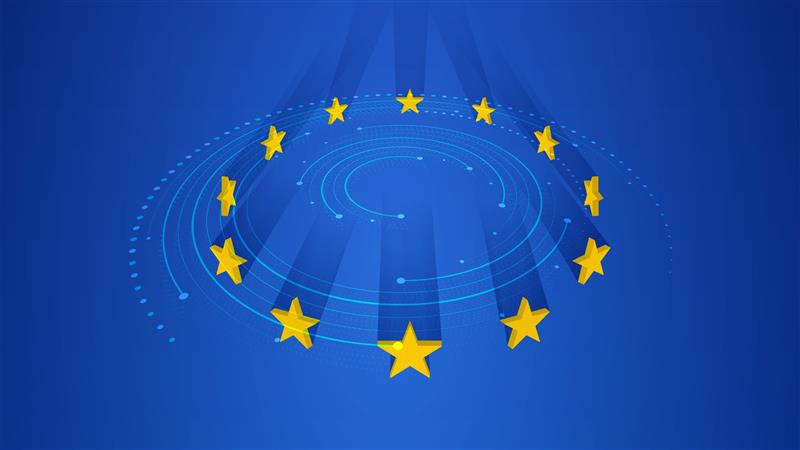
EU Executive Vice-President will present the Digital Networks Act, a legislative proposal to rebalance Europe telecom infrastructure.
Later this year, the EU will introduce its Digital Networks Act (DNA), mandating a full fiber transition by 2030 and centralized spectrum management, in a regulatory push to reclaim its Europe telecom and tech sovereignty in global 5G and AI competition.
Executive Vice President Henna Virkkunen’s proposal will replace copper networks with high-speed fiber for 80% of EU homes by 2028. Virkkunen wants to harmonize 6G-ready spectrum rules, but the proposal is igniting clashes between telcos fearing monopolies and governments hesitant to surrender auction revenues.
Instead of relying on market forces such as the US, Europe is taking a more centralized, coordinated approach. The draft digital networks act aims to harmonize policy, streamline investment, and increase Europe’s sovereignty in key areas like 5G, fiber networks, and cyber security.
Copper Replacement with High-Speed Connections
The shift is the largest upgrade of EU telecom infrastructure in decades. Fibre has faster speeds and more stable connections, especially as digital needs escalate, but the road isn’t easy to get there.
Sweden and Norway lead, targeting full coverage by 2025–2026. Others, particularly rural areas, face steep costs and coverage gaps. Telecom operators warn that one-size-fits-all schedules do not reflect how unreliable fibre installation is in the zone.
“Different levels of fibre deployment” must be considered, says Deutsche Telekom, while the FTTH Council thinks globalized schedules allow planning and supply chains. Analysts’ project switching off copper networks would save billions in maintenance, though the initial outlay remains prohibitive, especially in less urban areas.
The Spectrum Debate, Balancing Efficiency and Control
Another conflict zone is the EU telecom regulation of radio spectrum – virtual channels enabling wireless communications. Currently, the EU’s national spectrum auctions generate revenue, but they also complicate cross‑border services.
The new plan favors an EU-wide uniform system but is also faced with opposition.
Governments typically resist surrendering spectrum rights, so it auctions fund budgets. Smaller carriers, on the other hand, fear a single auction would allow some of the largest telcos in Europe to dominate spectrum access, further stifling competition.
The urgency is growing with 6G approaching.
Autonomous vehicles and intelligent factories will need to use the spectrum across borders. Industry body GSMA prefers a more “pro‑investment” strategy with longer licenses and better auction timing, something that could rewrite existing telecom regulations.
EU Competitiveness’ Ticking Bomb
Ericsson has warned before that AI and 5G technology remain out of the reach of most of Europe today. Firms say delays put EU’s new telecom regulation 2025 at risk as outdated infrastructure is preventing them from catching up.
88% of businesses affirm that “a new era of connectivity is needed if they want to unlock business innovation with AI and IoT,” and 85% affirm that AI optimizes their networks through the automation of challenging analysis and the removal of manual labor from IT workers.
Problems aren’t technical, there’s poor coordination, lack of investment, and lack of skilled people. The result comes in rising cost of operations and revenue loss for European telcos.
Europe’s telecom giants are also under pressure to be out in front of cloudification of telecom network infrastructure, with the pace and agility of the digital era being critical to future innovation. However, if they lack coordinated support and regulation, they will lag behind their global competitors.
Even the biggest Europe telecom firms warn that without clearly outlined plans for investment and steady policy climates, they will not be able to update networks fast enough to stay competitive.
European telecom industry stands at a crossroads. The decisions taken under the Digital Networks Act have the potential to remake how Europe connects, innovates, and competes in the digital world. Whether regulation can provide speed and scale is the largest open question.
Inside Telecom provides you with an extensive list of content covering all aspects of the tech industry. Keep an eye on our Telecom sections to stay informed and up-to-date with our daily articles.